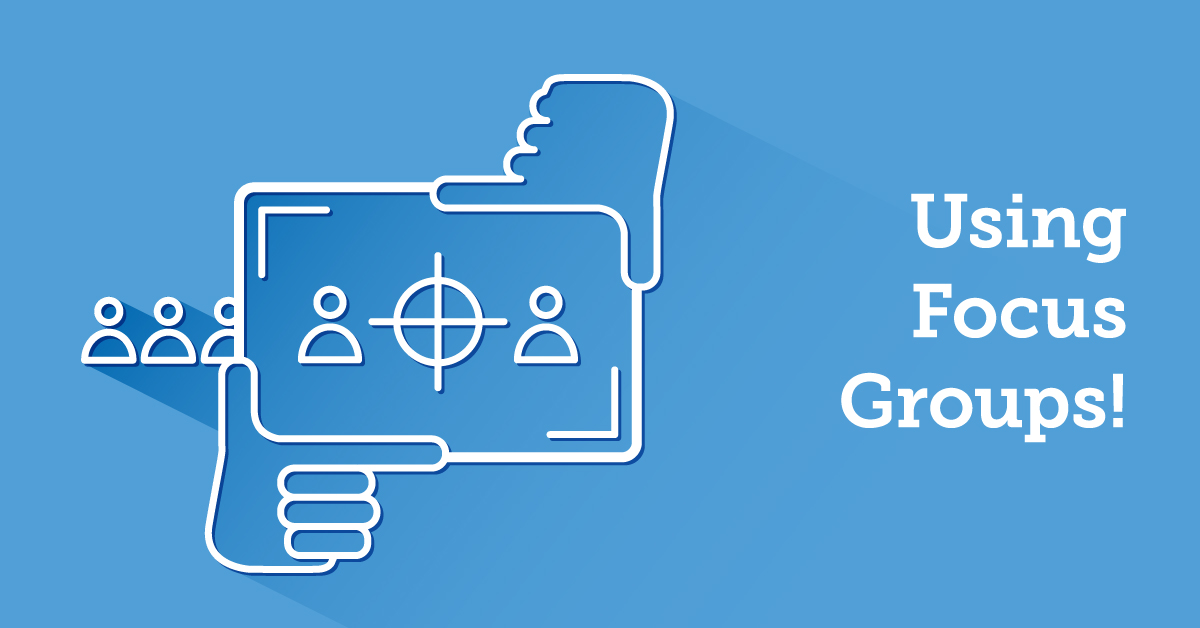Personalized eLearning programs seem to be a far-fetched idea. You may feel like shrugging off the very thought of creating individualized instruction plans for your employees. It does seem tedious and feels overwhelming.
Individuals are as different from each other as their fingerprints! However, when we believe that “one size does not fit all”, how can we rely on generic eLearning programs to serve a multitude of learners spanning across the globe?
In this article, we will not try to convince you that you should jump on the personalized eLearning development bandwagon. We will explain what generic programs can do to your employees. We will also talk about some strategic eLearning development ideas that will yield personalized eLearning solutions! Go ahead, you have nothing to lose. In fact, you may end up with a better return on your eLearning investment.
Let’s talk about an analogy to explain the need for eLearning personalization: from the world of nutrition, no less. We all have, at some point of our lives, taken up a diet fad that claimed to do wonders for our waist lines.
Maybe you were bombarded with information on Facebook, maybe a friend sung the praise of the diet to you, claiming their shrunken frame is all because of this diet! Convinced and determined, you followed the friend in hopes of achieving something similar. You purchased the entire dietary catalog and toiled to change your lifestyle.
So what happens next will amaze you, not!
You discover that not only did your weight not budge, you are also craving food so much it’s obsessive. Frustrated and discouraged, you give up on the fifteenth day! A month later, you realize you now weigh more than you ever did!
While this scenario may be a little exaggerated, it’s not too far from reality. What could have worked is a visit to a qualified dietitian. Someone who could create a personalized diet plan for you. Something you know is reasonable for you to follow and that would eventually work, doctor’s guarantee.
Learning programs and instruction are not that different from the diet analogy. Each brain utilizes information uniquely and distinctly from another brains. Each of us is an individual with individual training and learning needs, and as such, there is need for personalized eLearning solutions.
And let us assure you that the idea is not as complex as you may perceive at the moment.
The training programs we create for our organizations can sometimes feel like a typical diet fad.
It may work for a select few, but may be unsatisfactory for others. But what if we could build eLearning programs that worked for every employee? What if our training could be personalized to every member of our team?
Experts have shared three possible strategies to create eLearning programs that are able to cater to a wider audience, taking into account individual needs.
1. Preparatory Learning
Ever heard of “preparatory learning”? It’s nothing new, but is earning industry-wide respect in the education and learning arena. Preparatory learning is a valuable tool to increase learner confidence and faith in the content and delivery of training.
Before the actual training, prepare your learners in order to lay the groundwork for the upcoming training. You can discuss the curriculum, syllabus, assignments and assessments format options with your learners. Help the learner identify their strengths and weaknesses before the full training begins.
Your learners will have a very good idea of the content. They will be able to highlight areas that they are keenly interested in and will be able to plan their learning according to their own needs. When the actual course begins, they are able to jump to sections and pose their own questions efficiently.
2. Microlearning
Maybe a single composite curriculum wouldn’t work each time. What if you broke a larger learning agenda (curriculum) into smaller chunks? Why do you want to mandate training in areas in which some employees may actually be experts? What if you grouped and categorized topics to create individual training modules?
The training modules that are not attempted by the learner, since they are already more than familiar with the content, can include an option to “test out”. A series of individual and fragmented training modules can be completed this way, regardless of their order.
This is a classic way to produce microlearning options for employees. Shorter attention spans in learners demand shorter training modules.
Research also indicates improved engagement and motivation to complete training through microlearning. Hence, microlearning is indirectly personalizing the eLearning program.
When followed by a preparatory session as described above, microlearning – along with other strategies – can engage learners deeper into the eLearning program. This will help save your organization resources and effort by focusing strictly on the immediate learning needs of the employees. That’s real value in personalized eLearning solutions.
3. Learner developed learning
Perhaps the highest degree of personalization is achieved when learners actively participate in putting together their learning plan. This plan or the curriculum can be embellished by the subject matter expert. Provide milestones for learners to achieve. This can include personal goals, reflection on prior learning and experience, and social interaction strategies to improve learning.
By guiding learners towards their own learning, we are encouraging them to apply their learning to their specific workplace situation efficiently. Involved learners are more engaged and interested in their learning progress as well as that of others.
Providing a carefully planned and individualized learning plan for learners is challenging, but a certain degree of individualization can be achieved fairly easily. While you may not be able to make everyone on the team happy, you can achieve having employees who have a positive attitude towards their training programs.
With a bit of creativity as an instructional designer and eLearning developer, you can think of more strategies that will fine-tune general training to individual learning preferences.
| Tags: eLearning Design



